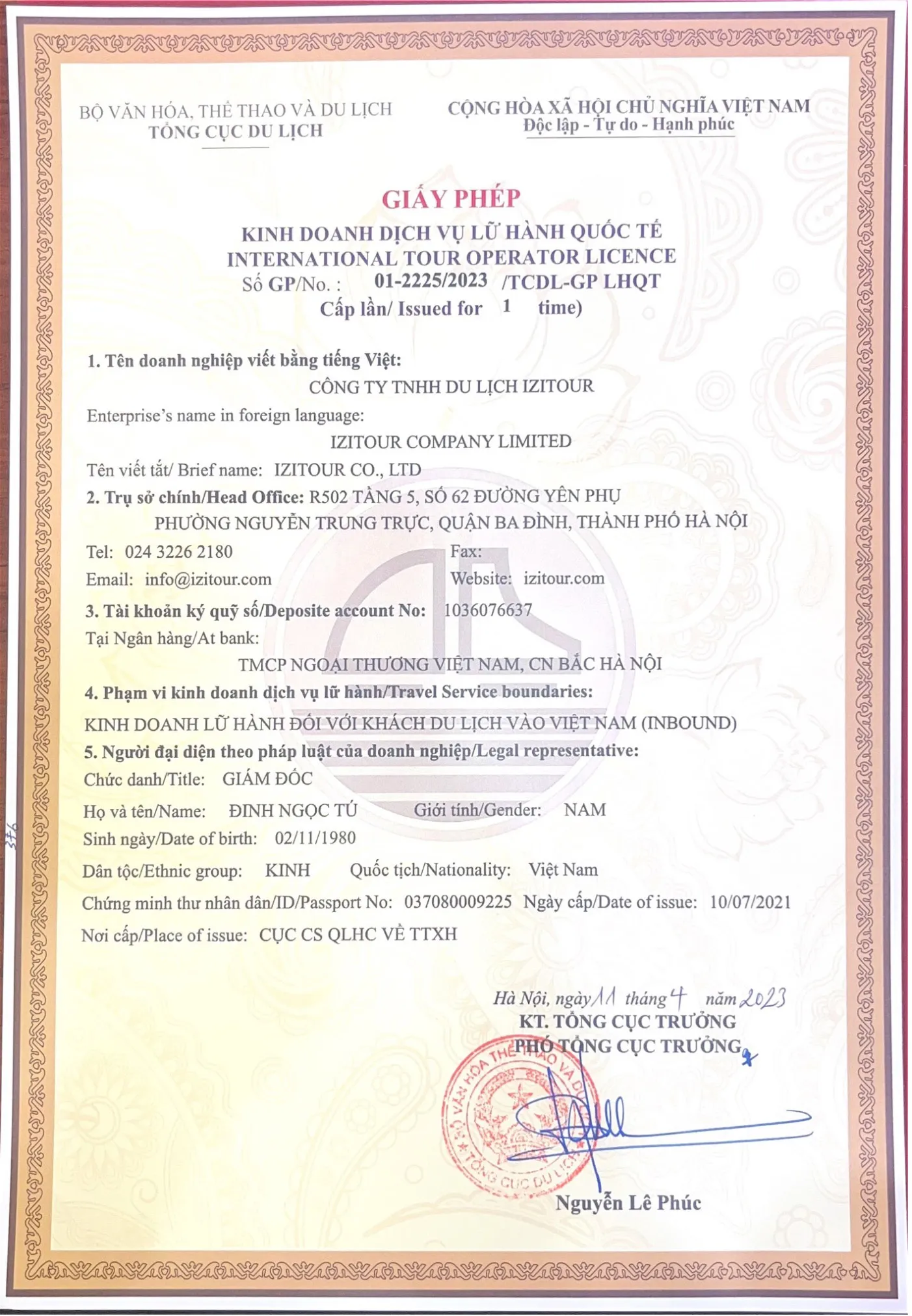Most of Vietnamese brocade products are made by the H'Mong ethnic group, who mostly are craftsmen in Sapa, Bac Ha, Ha Giang or the Central Highlands. Let's expore the brocade weaving technique in Cat Cat village, a peaceful place situated at the foot of the Hoang Lien mountain range in Sapa town, Lao Cai province. The H'Mong ethnic minority who reside here still preserve their traditional skills in crafting special and authentic handicrafts, especially weaving distinctive brocade that represents their ethnic culture.

Cat Cat village possesses the typical traditional culture and architecture
In Cat Cat village, the brocade weaving practised by H'Mong people has a long tradition, which is passed down from mothers and grandmothers to their daughters and granddaughters. When H'Mong girls get married, they proudly wear brocade dresses they carefully made by themselves. These unique dresses represent not only their creativity, diligence, and compassion but also symbolise their hopes for a fruitful and happy life. According to H'Mong folklore, it is believed that when Hmong people pass away, their bodies will be wrapped in a linen dress to ensure their souls won't be lost, and they can be reunited with their ancestors in the other world.
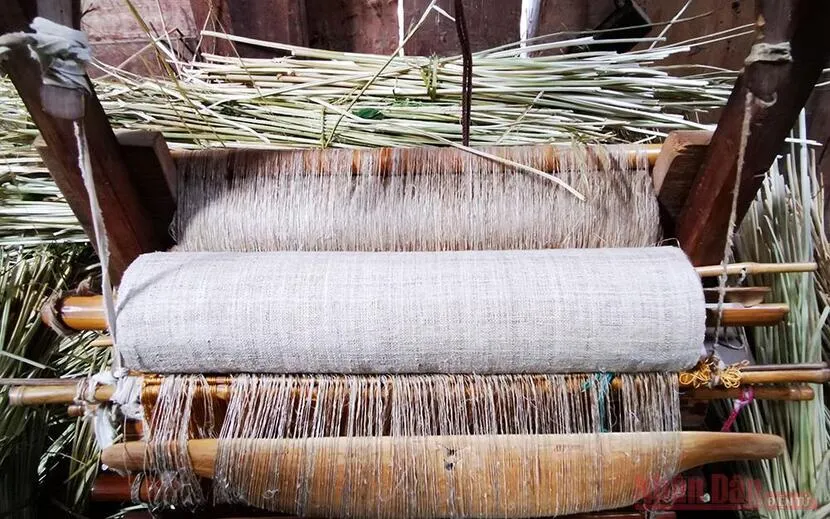
Flax fibre used to make brocade
To make brocade cloth in the traditional way, there are many complicated and sophisticated steps. It starts with linen fibre, which is a soft and durable material through time. The Hmong people grow flax trees on the mountain and once the flax are mature, they harvest and let it dry in the sun and wind. When the flax dries, they will carefully strip the flax in such a skillful way to preserve its finest fibres, avoiding as many breaks as possible. To create textile coupling, they have to match flax bark of the same size and join two fibres by twisting them together from top to top and root to root. The fibres connected and rolled around the palm. This requires skilled craftsmen who use their creativity, perseverance, and precise techniques to turn this craft into an art form.
After being connected, the flax fibres are soaked in water and then spun. They are initially light brown due to the bark colour and later are boiled with local tree ashes to be bleached. After some steps, the fibres are mated and twisted by hand, then the H'Mong woman puts them on a yarn pinner's weasel. By this point, the yarns have become smoother than the original rough fibres, and they are now ready for weaving.
To make the linen yarn strong and attractive, Hmong people boil them in water mixed with beeswax. Then, the excess water is removed by squeezing, and the yarns are stretched and dried on a clothesline to avoid tangling. This completes the preparation of the textile raw materials, and the yarns are now ready for weaving on a loom. Artisans then carry on with other steps like dyeing, printing patterns, and creating traditional costumes.
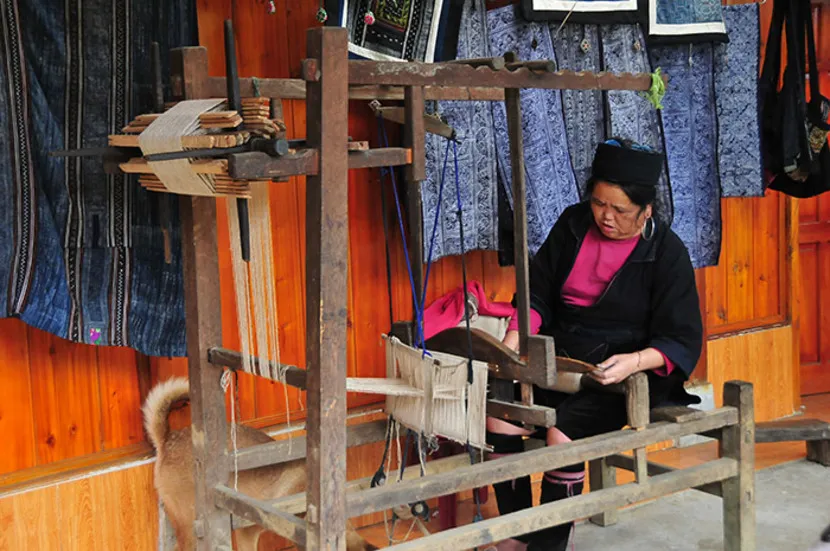
Hmong weaver with the loom in Cat Cat village
For generations, the H'Mong women in Cat Cat village have used a basic loom to create rustic and beautiful brocade fabrics. These fabrics truly represent the local people's simple yet skilled lives in the mountains and forests, showcasing their authenticity and craftsmanship.
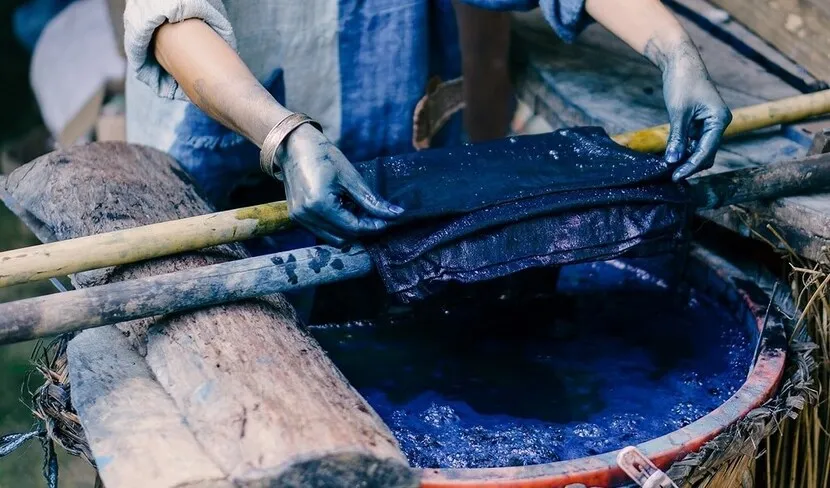
Maintenance of indigo dyeing and pattern formation on traditional brocade
Linen dyeing in Cat Cat village is a unique feature in the art of making brocade costumes of the H'Mong people. They use leaves from the old indigo tree found in the forest or cultivation fields. These leaves are soaked in water for 3 days to one week, crushed to create a green liquid, and mixed with lime powder. The indigo jelly settles at the bottom, which is used for dyeing. They repeat the dyeing process multiple times to achieve a deep, long-lasting indigo colour. This whole dyeing process can take several months because they only can do it on sunny days. The waxy part in the dyeing process creates dark and light tones, allowing artisans to create various patterns and textures on the brocade fabrics.
The technique of creating patterns of the H'Mong people is very unique. To create decorative patterns on brocade, they heat the wild beeswax and then use a pen dipped in melted wax to draw directly on the fabric. The waxy part when dyeing will not absorb the colour, creating dark and light tones on the product. So depending on the demand, they will repeat this step to create patterns with different lines and stylized textures on the brocade cloth.
H'Mong brocade features a wide variety of decorations, including stylized patterns of flowers, leaves, and animals. Each detail carries its own significance, representing the people's way of life and culture. For instance, the spider's nest pattern symbolises a mother's desire to protect her children, wishing for their health and ability to thrive in challenging conditions, like a spider. On the other hand, the stone corn mill shape represents the hard work, protection, and patience of Hmong women, ensuring their families lead a prosperous life.
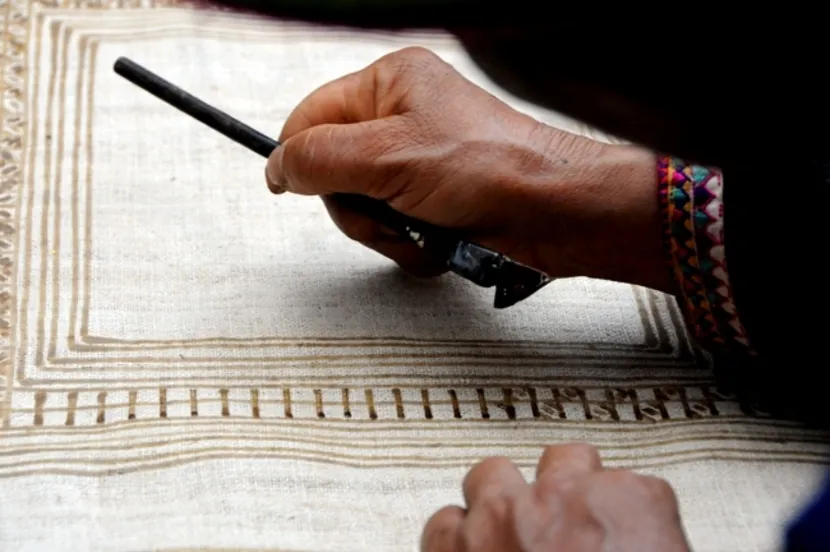
The art of batik - a dying technique of Hmong peolpe in brocade making
The fern pattern on the bride's brocade dress represents the couple's enduring happiness, just like the ferns' ability to overcome obstacles over time. The four-spiral canarium fruit and sun pattern symbolises unity within a family or community. These symmetrical folk motifs commonly appear on the H'mong people's brocade, showcasing their imaginative and hopeful vision of a bliss and peaceful life.
Every day, the lively city life of Sapa, which is proudly located in the northwest, undergoes many changes. However, amidst the breathtaking mountain scenery, the Black Hmong village remains peaceful. The Hoa Stream continues to gurgle, and the forest echoes with the song of the nightingale. The vibrant forest flowers still bloom, and the HMong women still engage in their weaving brocade, using old indigo leaves for dyeing. The traditional Vietnamese brocade fabrics hold the dreams and creativity of the HMong people, adding the beauty and diversity of their culture to the artwork of the Northwestern region.
To explore more about Sapa:
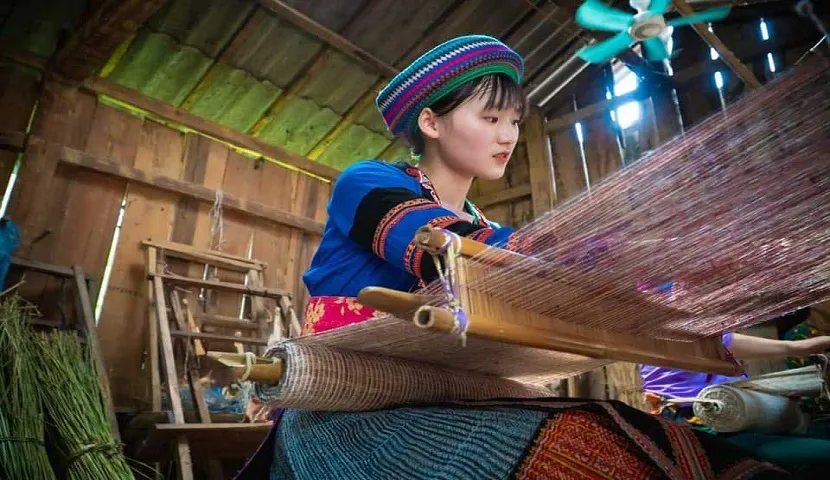






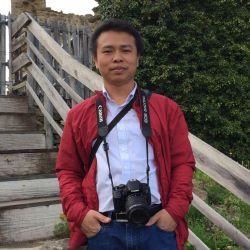
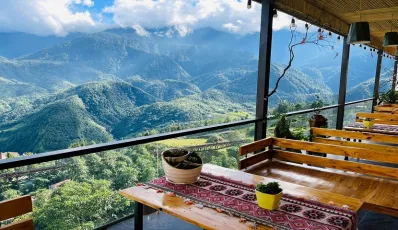
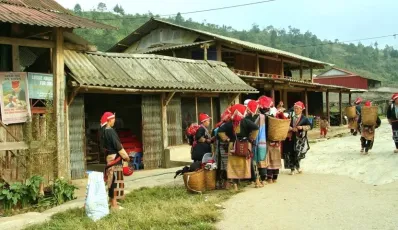
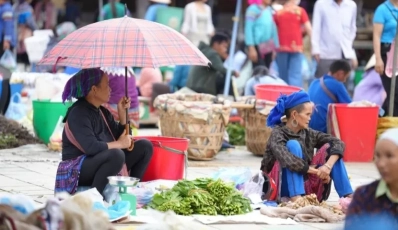

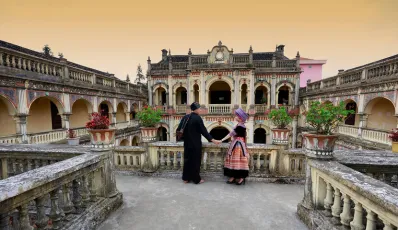
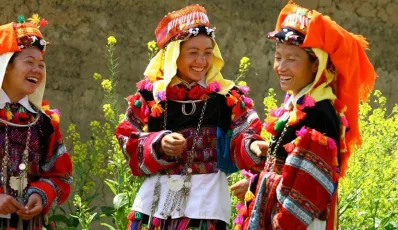
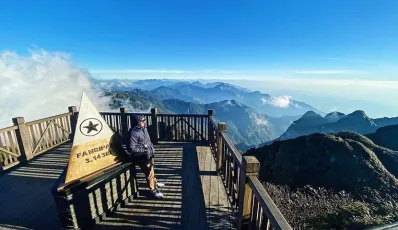
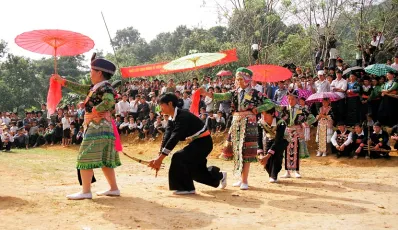

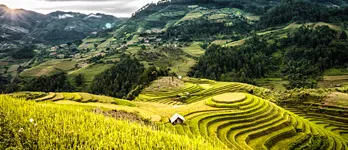
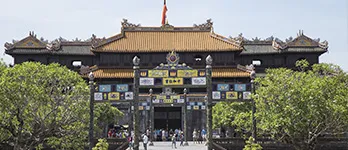
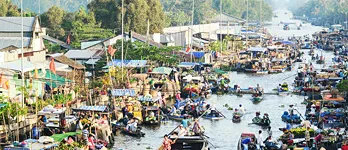

 TRAVELERS' CHOICE 2025
TRAVELERS' CHOICE 2025 